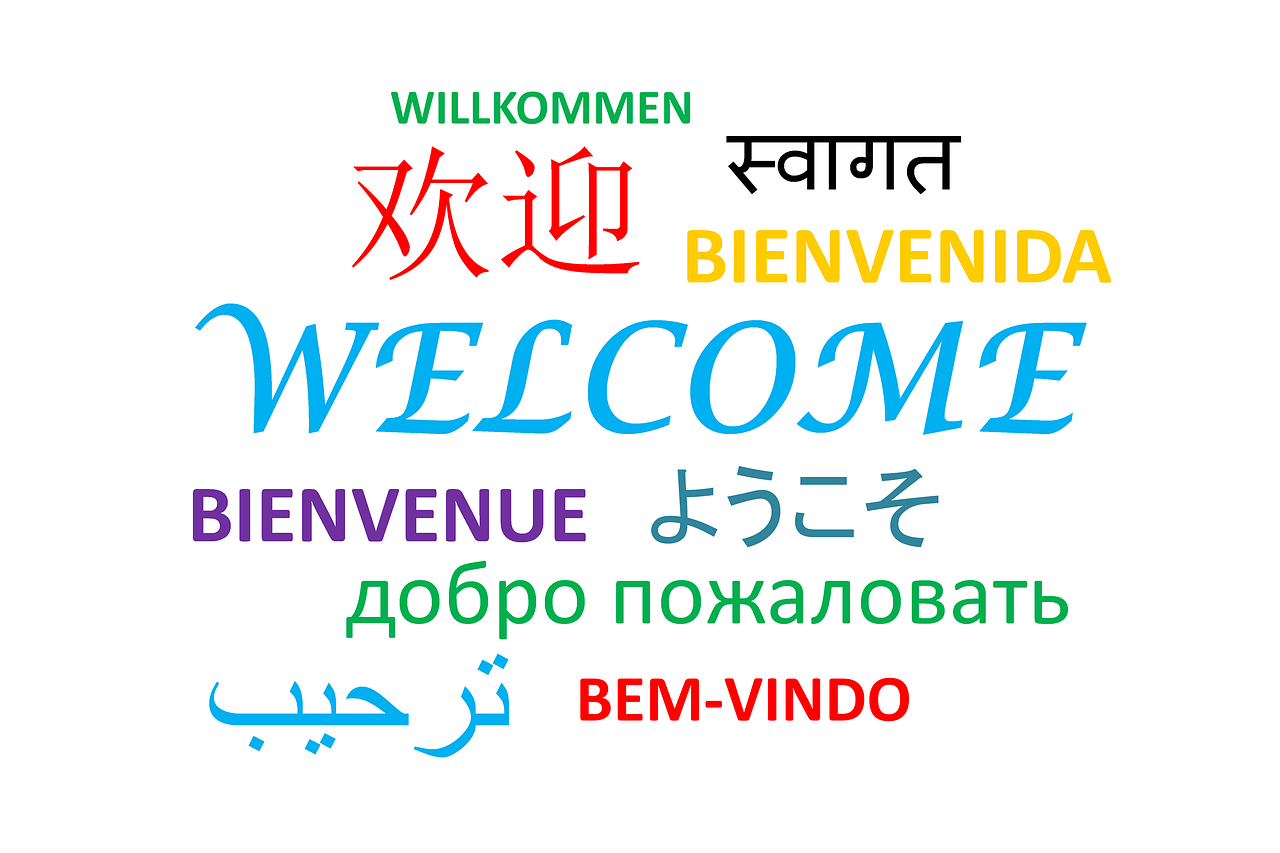The January 2024 Visa Bulletin is finally here, and with it some big advancements for the employment-based preference categories in the New Year, specifically for India and China, and some promising forward movement in the Final Action Dates for EB-2 Worldwide and EB-3 Professional/Skilled Workers Worldwide.
For family-sponsored categories, the New Year brings big advancements in the Final Action Dates for F2A Mexico, F2 Worldwide, F2B Mexico, F3 Mexico, F3 Worldwide, and modest advancements for F4. The Dates for Filing remain the same as December.
Whether you are applying for an immigrant visa at a U.S. Consulate overseas or applying for adjustment of status to permanent residence in the United States, you won’t want to miss these new updates.
Highlights of the January 2024 Visa Bulletin
Employment-based categories
- EB-1 India: The EB-1 India Final Action Date will advance by three years and eight months, to September 1, 2020, and the Date for Filing will advance by a year and a half, to January 1, 2021.
- EB-1 China: The EB-1 China Final Action Date will advance by four and a half months, to July 1, 2022, and the Date for Filing will advance five months, to January 1, 2023.
- EB-2: The EB-2 Final Action Date for India will advance by two months, to March 1, 2012, and the EB-2 China Final Action Date will advance by approximately nine weeks, to January 1, 2020. Final Action Dates for the remaining countries in EB-2 will advance by three and a half months, to November 1, 2022.
- EB-3 Professional/Skilled Workers: The EB-3 Professional/Skilled Worker Final Action Dates will advance by over 7 months for China, to September 1, 2020, and by one month for India, to June 1, 2012. Final Action Dates for the remaining countries in the category will advance by eight months, to August 1, 2022.
 Visa Lawyer Blog
Visa Lawyer Blog











